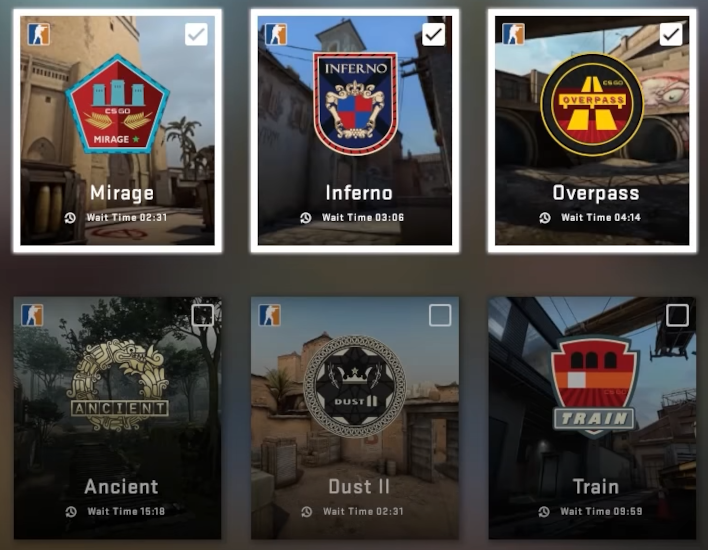Southeast Insights
Your go-to source for news and information from the vibrant heart of Shenyang.
Vetoing Your Way to Victory: Decoding the CSGO Map Veto System
Master the CSGO map veto system and turn your strategies into victories! Discover tips to outsmart your opponents today.
Understanding the CSGO Map Veto Process: A Comprehensive Guide
The CSGO map veto process is a critical aspect of competitive play, shaping not only the strategy but also the outcome of matches. In tournaments, teams typically have a pool of maps to choose from, and they must go through a systematic process to eliminate options. This process usually involves a best-of-three or best-of-five format, where each team alternates in vetoing maps until the final selection is made. Understanding this process can give players and fans insight into team strategies and potential match outcomes.
To elaborate, the map veto process generally follows a specific order:
- Each team takes turns removing maps from the pool.
- Teams can also choose to pick a map that will be played in the match.
- Once all but one map has been removed, the final map is set for the match.

Counter-Strike is a popular series of tactical first-person shooter games that emphasizes team-based gameplay. To enhance your gaming experience, many players look into cs2 port forwarding to improve connectivity and reduce latency during matches.
Top Strategies for Effective Map Vetoing in CSGO Competitive Play
In CSGO competitive play, effective map vetoing can significantly impact the outcome of a match. One of the top strategies is to understand your team's strengths and weaknesses proactively. By analyzing your players’ performance on different maps, you can create a robust veto strategy that highlights your team's best maps while simultaneously removing those on which your opponents excel. It’s essential to review past matches and discuss each player's comfort level on particular maps, ensuring that the finalized veto reflects a team-centric approach.
Additionally, communication during the veto process is crucial. Start by creating a veto order to streamline discussions and reduce indecision. A recommended method is to adopt a best-of-three format where each team removes two maps, followed by the selection of one map. This not only adds structure to the veto process but also allows teams to plan their strategies ahead of time. Implementing these strategies can lead to a more decisive and confident approach to map vetoing, ultimately giving your team a better chance at securing victory in CSGO competitive play.
What is the Impact of Map Vetoing on CSGO Match Outcomes?
The practice of map vetoing in CSGO significantly influences the competitive landscape of each match. Teams are given the opportunity to eliminate maps from the pool, which allows them to tailor the match to their strengths and capitalize on the weaknesses of their opponents. This strategic decision-making process can alter the overall dynamics of the game, as teams may feel more confident on certain maps. For instance, if a team excels on Mirage but their opponent struggles with it, vetoing maps that favor the opposing team can lead to a more favorable outcome in the match.
Moreover, the impact of map vetoing extends beyond individual matchups to the overall tournament trajectory. As teams progress, the ability to effectively utilize map vetoes can determine whether a squad advances or faces elimination. For example, in a knockout stage, a poorly executed veto strategy can lead to an overwhelming disadvantage, exposing a team's lack of preparedness on certain maps. Consequently, analyzing past veto histories and understanding common trends among teams is crucial for fans and analysts alike to predict match outcomes accurately.